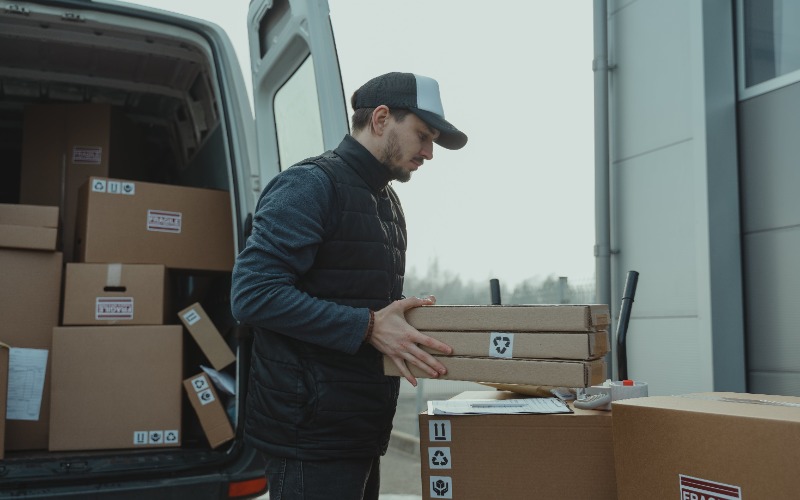Until now, preventing a holiday-fueled rise in injuries for last-mile and fulfillment workers has hinged primarily on reactive measures. Companies react to increased rates of on-the-job injuries by implementing measures such as bolstering training in their seasonal onboarding or investing in upgrades to their delivery trucks or warehouses before the next holiday season. Yet, reactive measures are wholly inadequate for protecting workers when extreme weather, high order volume, or an unexpected onslaught of returns strike. Ineffective training also takes a heavy financial toll on businesses, with U.S.-based companies spending almost $1 billion a week on workers’ direct compensation costs following an accident.
A new strategy built around proactivity rather than reactivity is needed to protect workers this holiday season. Such a system would seek to prevent injuries before they happen rather than responding to the aftermath. At the heart of this concept lies AI, the only technological innovation capable of proactively preventing injury to ensure the safety of workers who package and deliver gifts to millions of families.
Unwrapping AI’s Potential
Over the past 10 years, AI has become a major factor in workplace safety, enabling the industry to shift away from a standardized model that offered one “typical standard” of safety for men and women. Instead, these new safety models recognize the unique tendencies, strengths, and vulnerabilities that come with each individual’s body and use AI to offer personalized training suggestions.
Surprisingly, these programs aren’t abstract concepts or experiments but are used by many companies. IKEA and DHL already use the “Intensity Model” system, a program created by Soter relying on data from more than 10,000 unique movements. Using this data, AI running on wearables can accurately predict how difficult a movement is and the subsequent risk of injury to a worker performing such a task. An automatic alert is dispatched if there’s a high risk, potentially sparing workers from devastating on-site injuries.
Why AI Safety Devices Should Be On Every Company’s List This Holiday Season. . .
These alerts and other AI-powered tools for workplace safety are game-changers for employees and employers. A recent Gartner study found that labor productivity among last-mile delivery and fulfillment workers is on the decline, in large part due to increased turnover compared to pre-pandemic levels. Since training new employees comes with a substantial time and economic cost, organizations should invest in every advantage possible to retain their workforce before the peak holiday season.
This is where AI, equipped to alleviate many of the same challenges that lead to burnout and turnover, comes in. Let’s take last-mile delivery workers as a pertinent example. Most of these drivers work long hours to deliver packages in various environments, many of which can become far more treacherous in the winter. AI, as in the example above with workplace ergonomics, can help alleviate risk along delivery routes by analyzing and pinpointing problem areas. Earlier this year, UPS realized this concept when it introduced DeliveryDefense, a new AI-driven technology that proactively analyzes drop-off locations to create a unique “safety score” ranging from 1-1,000. If the resulting score is low, customers are alerted and allowed to change their drop-off location to a safer area before delivery. While DeliveryDefense primarily prevents theft, its capabilities could expand to protect delivery workers from on-the-job injury. If customers proactively chose drop-off locations safer for drivers to access because of the program, these workers could be spared from potential injuries. The benefits of AI-driven safety can transform the shipping industry in the coming years as DeliveryDefense and other algorithms have already begun to demonstrate.
The pursuit of a safe workplace does not end after the presents are unwrapped nor when the holiday rush has subsided. The pace of technological advancement in artificial intelligence as a whole heralds a bright future ahead, and even more so when specifically discussing industrial safety. However, companies should be willing to adjust age-old training practices (most centered around reactivity) to embrace a new era of workplace safety built around proactivity. This way, whenever extreme weather or a boom in online orders strikes, employee morale and productivity do not suffer on account of preventable injuries.











